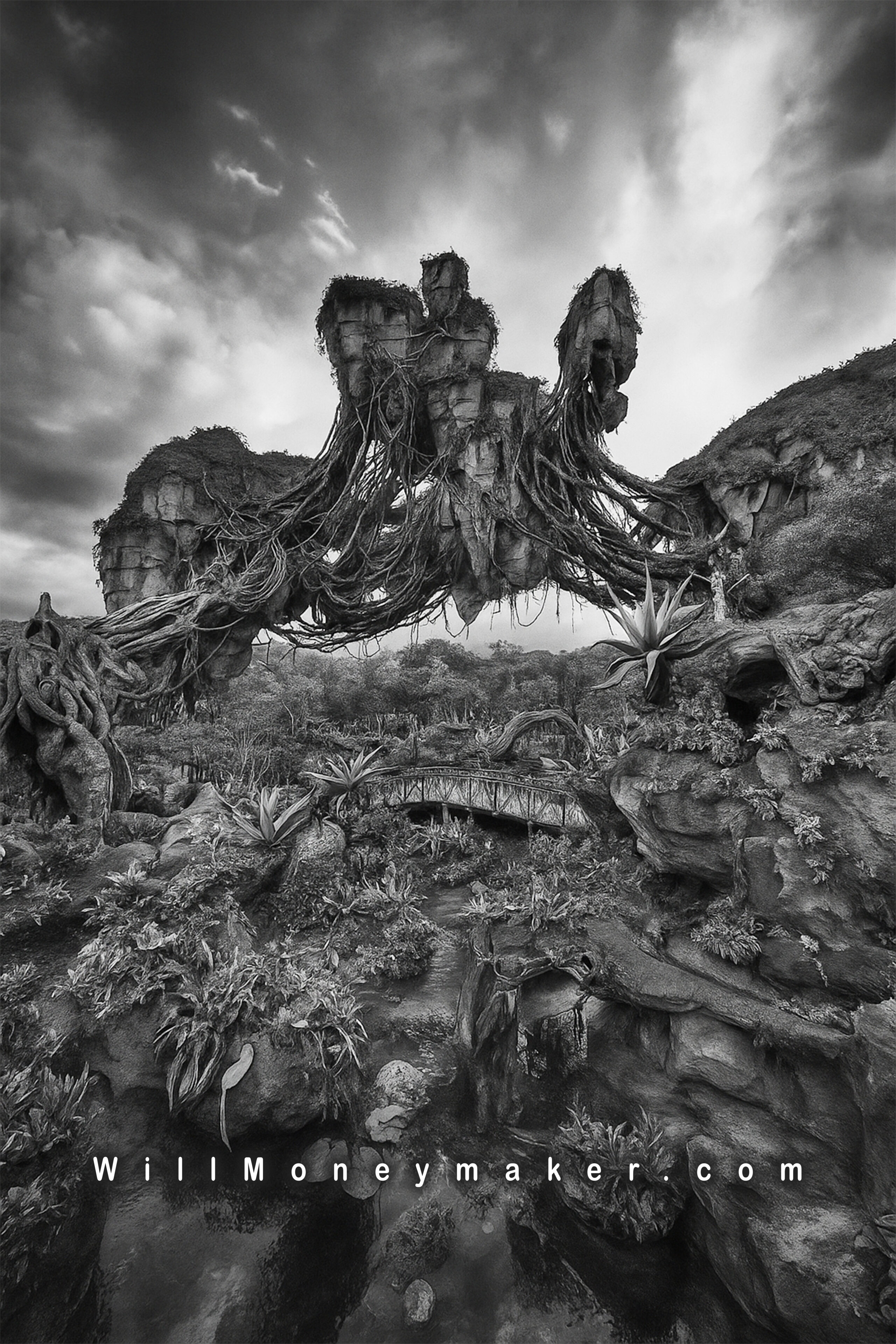What is photography without meaning? Most would argue that the more meaning, the more symbolism a photograph contains, the more valuable it becomes. This leads to an odd interpretation of philosophy in photography. Some take this to mean that you should leave photos open to any number of interpretations — whatever multitude of things that the viewer can possibly think about the image. The photograph itself has no point, other than to hopefully encourage the viewer to do all the thinking.
I think this is a lazy way of doing things. If you leave a photograph’s meaning open, if you don’t give the image a defining purpose, then you are essentially telling the viewer to do all of the work. All you have done is provide a vehicle for thought, but not necessarily a device that provokes deep thought about a given subject. When the meanings behind an image are muddled in this way, the temptation on the viewer’s part is to not think about it at all. Instead, he or she is much more likely to gravitate to images associated with strong feelings or lines of thought rather than trying to ferret out what they think the photography may or may not have meant.
This is why I think that a photograph without a clear and obvious meaning is just not as powerful as one that lays everything out on the line. To me, a powerful photograph is one that has a strong foundation. The intent and philosophy are unmistakable. There is no risk that the viewer comes away thinking that perhaps the photographer had no idea what he or she was trying to convey. The viewer, whether they agree or disagree with the sentiment behind the image, knows exactly what is meant by the image. A powerful image is not wishy-washy or hard to piece together. It is an image that is strong, that grips the viewer and pulls them in, forcing them to see the message.
So how does one go about creating powerful images? You cannot narrow it down to a specific subject or even to a certain genre. Rather, it is all in the way that you approach your art, no matter what it is that you are photographing. It’s about taking your own personal philosophies and using the photographic image to convey them for everyone to see.
Expressing Opinions and Philosophies Through Photography
If you want to create a photograph that has an impact, that gets people to think about the things that you have captured, then you’ll need to be decisive. Create images that have a purpose. Approach each subject with your own feelings about that subject, and use every tool — equipment, composition, post-processing and so forth — to insert your own thoughts and feelings into that image.
As an example, let’s say that you are out on a photography walk and you come across train cars that are covered in graffiti. How do you feel about it? Is this the work of vandals, thoughtlessly scrawling all over something so that now it is someone else’s unpleasant job to painstakingly scrub away the mess? Or is this a work of art, a form of free expression that coveys whatever the person with the spray paint was thinking at the time?
I’m not saying, in this instance, that the graffiti artist was right or wrong or that you need to feel one way or another about it. I am saying that you need to examine how you feel about it and then apply what you feel to the image. Decide what you think about a subject and then use that perspective to create the piece of art that you feel.
Photography with a Cause
Having said all of this about determining your feelings and then using those feelings to create decisive photography, I now feel it necessary to say that you will likely not have a decisive feeling one way or another about each and every subject that comes before your lens. Life just isn’t black and white to that degree. So many things have positive, negative, and neutral qualities.
This is why I think that it helps to start out by photographing things that you feel strongly about. When the emotion isn’t there, when you are not inspired by a passion, it becomes much more difficult to identify your precise philosophy on a given subject and then insert that into the artwork. When you have a passion, strong feelings about certain things, then there are no uncertain terms. You know precisely how you feel about a given subject and you can use those feelings as your guide while you put the image together.
This way, the image is not up to interpretation. Sure, a viewer can interpret the image, but only to a degree. The overriding theme of the image solid and powerful. The viewer is not stuck with the task of finding the overriding themes, nor does he or she feel uncertain because the intent is clearly on display.
Practice Makes Perfect
Here comes the rub: You can’t spend your entire life photographing only the things that you feel most strongly about. This means that your passions are practice. What is it that you feel strongly about? The environment? A political topic? Animals? Architecture? Whatever your passions are, you’ll need to examine how you think and feel about them. Then you’ll need to think about how you came to those conclusions. Once you understand how you develop strong opinions or philosophies about certain things, then you’ll be able to apply that knowledge to anything that you want to photograph. In other words, once you better understand how it is that you form opinions, you’ll be able to apply that opinion-making process to subjects that don’t necessarily inspire you from the first glance.
Photography is not just imagery. Photography is an art form that uses imagery to express ideas. This means that in order to create powerful photography, we must express powerful ideas. Don’t be afraid to express the way that you feel because the more interpretive an image is, the less likely it is to make an impact.





